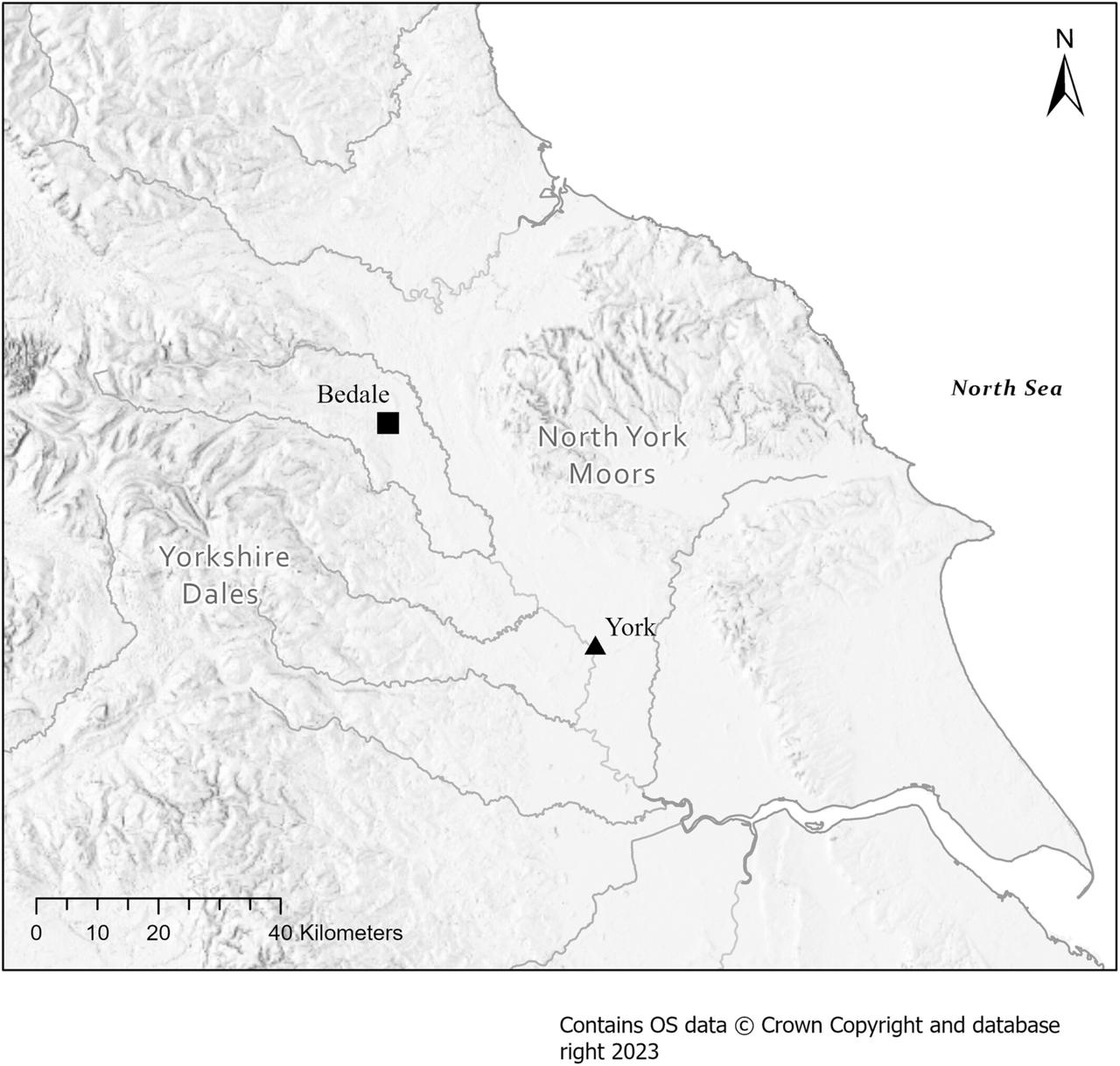
A new scientific study of the Viking-Age hoard discovered in Bedale, North Yorkshire, has revealed that most of its silver came from western Europe, likely from Anglo-Saxon and Carolingian sources, but with a significant portion originating in the Islamic world through long-distance trade.
The hoard, unearthed by metal detectorists in 2012 and dated to the late ninth or early 10th century, contains 37 silver and gold objects, including a gold-inlaid Anglo-Saxon sword pommel, large neck rings and 29 silver ingots.
Researchers say the mix of Hiberno-Scandinavian, Scandinavian, and Anglo-Saxon items points to its assembly in Yorkshire, tied to Viking activity along the York–Dublin route.
Because the hoard’s objects were recast from melted silver, their original form—coins or plate—was lost.
To determine their origin, researchers conducted lead isotope and trace element analyses, comparing the results with reference data from known ninth-century silver sources.
The tests identified three metallurgical groups: western European silver, eastern Islamic silver, and blends of the two.

Some items were refined through cupellation, a process in which lead is used to remove base metals, leaving exceptionally pure silver.
The gold and bismuth content in these pieces closely matched mid- to late ninth-century western European coinage, suggesting they were made from silver looted during Viking raids.
Several large ingots were traced to Islamic silver, consistent with coins known as dirhams that reached Scandinavia through trade in furs and slaves.
The presence of this silver in a hoard from northern England, far from eastern trade hubs, underlines the reach of Viking exchange networks and the mingling of wealth from both raiding and commerce.
The findings, researchers say, not only confirm the dominance of western European silver in the Bedale hoard but also highlight the enduring role of eastern silver as a driver of the Viking Age economy—even in the heart of their western territories.